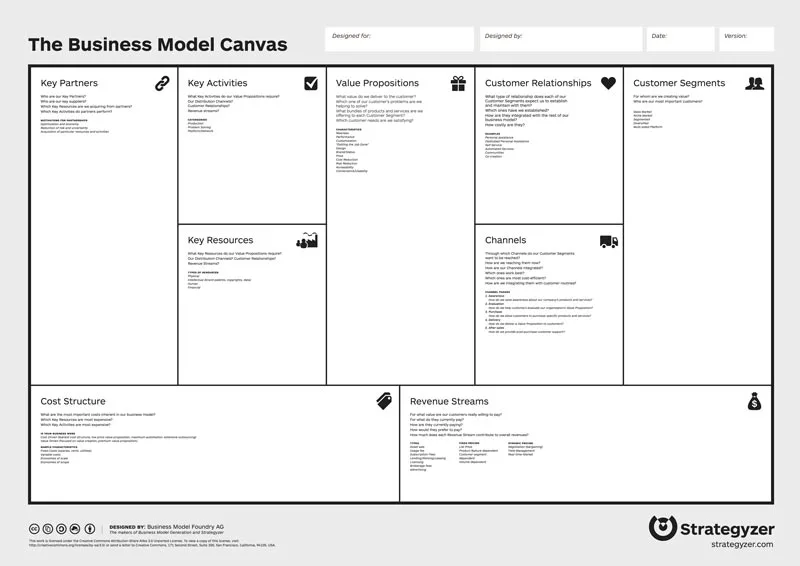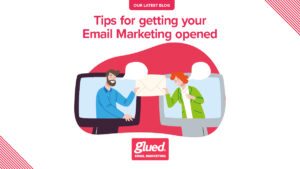Unlocking the power of the Business Model Canvas for brand development

More articles you might like
Last week Rob and I were working on developing a new product offer: we used the ‘Business Model Canvas’ process to develop a value proposition: it gave us a great platform to develop the foundations for the brand offer and associated visual brand and marketing messages. As I found it such a great process I wanted to share some thoughts about it. It’s a form we have used with our clients to help them shape their brand propositions and marketing messages. We’ve also run workshops on this subject for the likes of BIPC Worcestershire.
What is the Business Model Canvas?
The Business Model Canvas is a strategic management tool that allows you to organise, visualise, design, and innovate your business thinking. It consists of nine key components:
- Customer Segments
- Value Propositions
- Channels
- Customer Relationships
- Revenue Streams
- Key Resources
- Key Activities
- Key Partnerships
- Cost Structure
How the Business Model Canvas can shape your brand offer
When we applied the Business Model Canvas to our new product, it helped us clarify our value propositions and understand our target customers better. In the past this process might have been unstructured and key thinking might have been missed. What I love about the Business Model Canvas is the structure helps to order thinking and gets us to the foundations for a brand story. Here’s how each component contributed to shaping a brand offer:
- Customer Segments: Identifying who might buy our product allows us to tailor messaging to address their specific needs and pain points.
- Value Propositions: It helped us think about what makes the product unique and why customers should choose it over competitors; this will become a USP for your brand.
- Channels: Where do our potential customers hang out? Determining the most effective places to reach your customers ensures that our marketing efforts are focused and efficient. Remember a channel might be a physical place or somewhere online. It’s easy to think this is just social media.
- Customer Relationships: Understanding the type of relationships we want to build with our customers helped us to plan a consistent brand experience
- Revenue Streams: Where would our income come from? Identifying our revenue streams allowed us to align a pricing strategy with the value propositions.
- Key Resources: Recognising the resources needed to deliver our value propositions ensures we are well-prepared to meet customer expectations: remember a brand is potentially only as good as the worst experience a customer has.
- Key Activities: Outlining the key activities necessary to deliver our product: this looks like a good starter plan to launch our brand.
- Key Partnerships: Identifying potential partners we will need to deliver on our value proposition.
- Cost Structure: Understanding our cost structure, where are our costs and profitability going to come from?

Turning insights into action
With the insights gained from the Business Model Canvas, we were able to shape a compelling brand offer. Here’s how we can help you do the same:
- Brand proposition: We’ll help you define what makes your business unique and why customers should choose you: the USP for your brand. Take a look at our work for Fountain
- Visual brand language: We’ll create a visual identity that reflects your brand’s personality and resonates with your target audience. Take a look at our work for Purple Monster
- Brand guidelines: We’ll develop comprehensive brand guidelines to ensure consistency across all touchpoints. Take a look at our work for Northampton College
- Marketing Campaigns: We’ll design and execute marketing campaigns that support your product and brand launches, driving awareness and engagement. Take a look at our work for Birmingham Newman University










